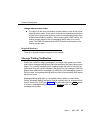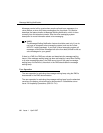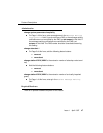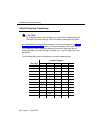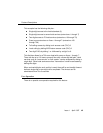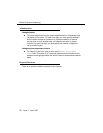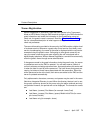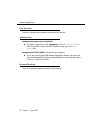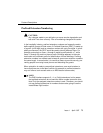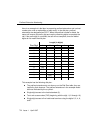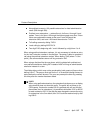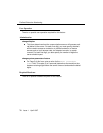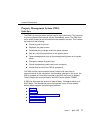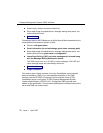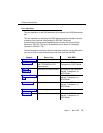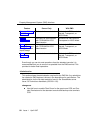
Issue 1 April 1997 73
Feature Descriptions
Prefixed Extension Numbering 0
!
CAUTION:
Any changes made to your dial plan can cause service degradation and
lost calls if not done correctly. Plan all numbering changes with caution.
In the hospitality industry, prefixed extension numbers are frequently used to
define specific groups of hotel rooms. A Prefixed Extension (PEXT) is made up
of a prefix (a first digit) and an extension number with up to five digits. In a hos-
pitality environment, the PEXT would be used to identify different floors. For
example, extensions on floors 1 through 9 would be prefixed with a 7, while
floors 10 through 30 would not have a prefix. Buildings adjacent to the main
hotel could use a different prefix for identification of these buildings. Prefixing
extension numbers is a method used to keep all guest room extension numbers
the same length. In some hotels, it is used as a means to provide security, pre-
venting people from using house phones and disturbing the guests.
When a decision is made to use prefixed extensions, care must be taken to
insure that there are no dial plan conflicts (for example, a prefixed extension
may not follow a trunk access code or an ARS feature access code).
NOTE:
The PMS interface supports 3-, 4-, or 5-digit extensions, but be aware
that prefixed extensions do not send the entire number across the inter-
face. Only the assigned extension number is sent. Therefore, you should
not use prefixed extensions for numbers that are also going to use the
Insert/Delete Digit function.



